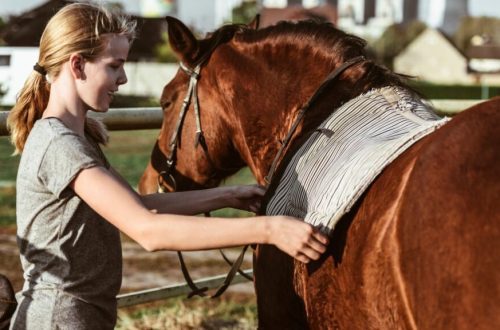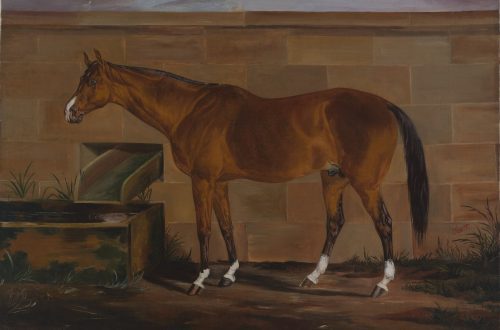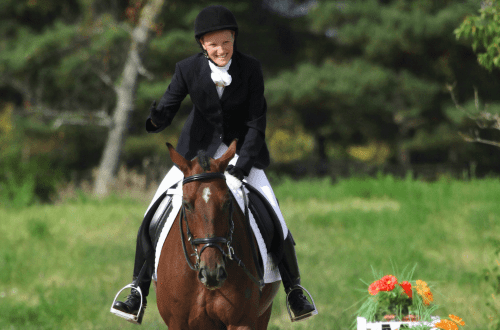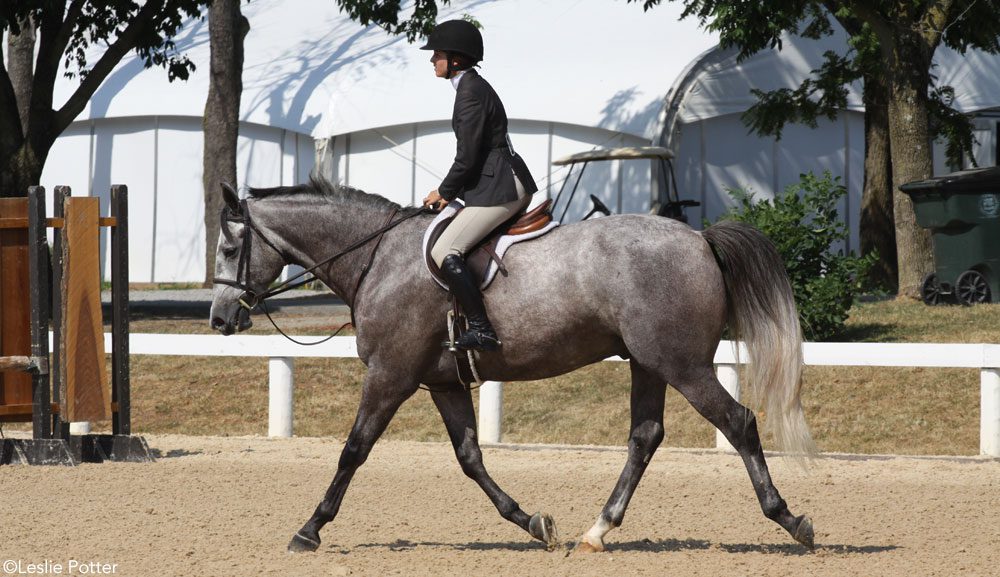
Stirrups: Finding the Right Length
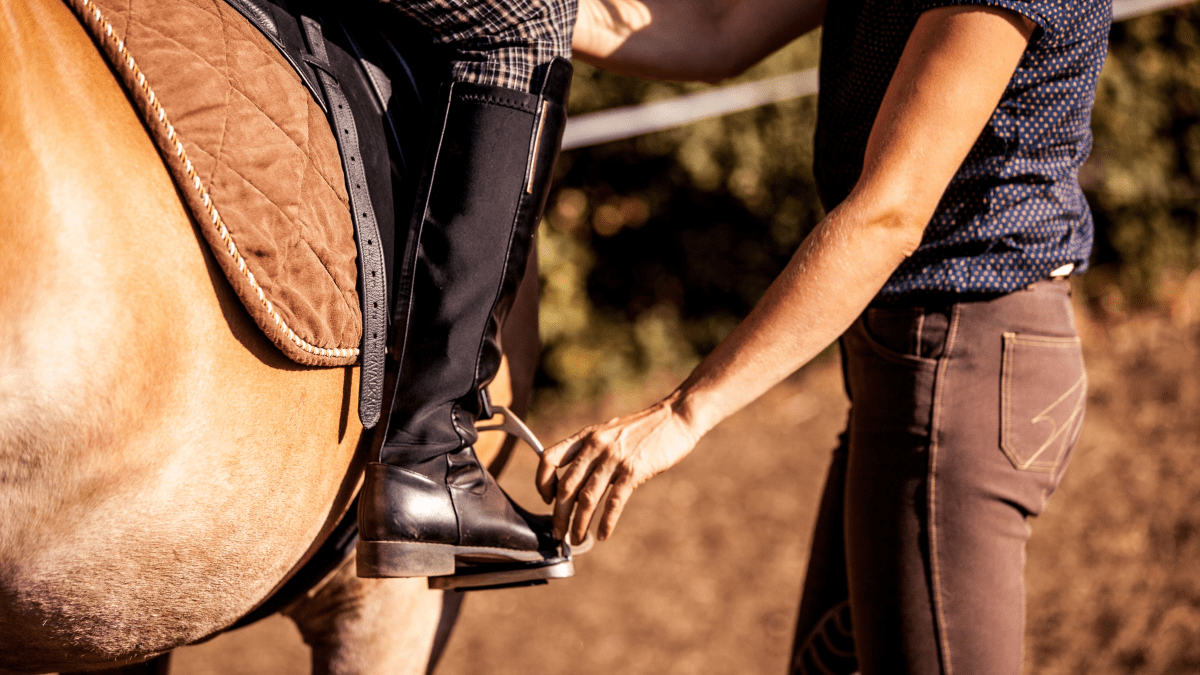
Photo courtesy of horseandhound.uk
For many beginner riders determining the correct stirrup length becomes a mystery that only a coach can magically solve. But how to figure it out yourself and understand what length you need? Are there any differences between the position of the foot in the stirrup in jumping and dressage saddles? And how to properly “tune” the position of the stirrup?
To get started, remember a little “trick”, which will help you find the approximate length of the stirrup. The length of the putlisch should correspond to the length of your outstretched arm from your armpit to your fingertips. However, some adjustments may still need to be made. To do this, you should figure out what length corresponds to your chosen discipline.
Medium length stirrups
Who is suitable for: For walking on rough terrain or going into the fields, the average length of the stirrups is suitable. It will also be comfortable enough for recreational riding in a versatile saddle.
How to check position: Remove the legs from the stirrups and relax them by straightening them down along the side of the horse. The stirrup should end at the level of your ankle.
short stirrups
What are they suitable for: As a rule, short stirrups are most often seen in show jumping. This length allows the rider to get into the “field” position more easily, unloading the horse’s back during the jump. If the stirrup is too long, you will not be able to maintain the correct position of the leg and body during the jump – the leg will go back, and the body will “fall” forward too much. When climbing high obstacles, it may be necessary to further shorten the length of the stirrup.
How to find the right length: Stretch your relaxed leg down and adjust the stirrup so that it ends at your ankle level. After that, pull it up two holes.
Long stirrups
What are they suitable for: For dressage you will need long stirrups. They provide a deeper seat in the saddle and the correct position of the leg – with the right fit, you can visually draw a vertical line down through the shoulders, elbows and heels of the rider. If the stirrups are too short, the rider can position the knee incorrectly, and the body will go forward, loading the front legs of the horse.
How to find the right length: in the same way as in the previous cases, stretch your relaxed leg down and adjust the stirrup so that it ends at the level of your ankle. Then lower the stirrup one or two more holes, focusing on the position of the knee in the saddle and your own comfort. However, at the initial stage of dressage training, you should not make stirrups that are too long – with an uncertain landing in the saddle, the leg can “walk” along the horse’s body, and the toe can go down in an attempt to lean on the stirrup.
It is important to remember that regardless of the discipline you choose, the length of the stirrup, first of all, must correspond to the model of the saddle and the structure of the horse on which you are training. For example, if the horse is short, it may be necessary to shorten the stirrups.
Pay attention to ensure that your knee is correctly positioned in the saddle, without going beyond the front stop. The leg must reach the side of the horse so that the rider can apply the aids correctly.
And finally, consider your own “needs” – it is sometimes easier for beginners to work out the correct position in the saddle with longer or shorter stirrups. Since your safety depends on your position in the saddle, it is important to find a stirrup length that you feel comfortable with.



